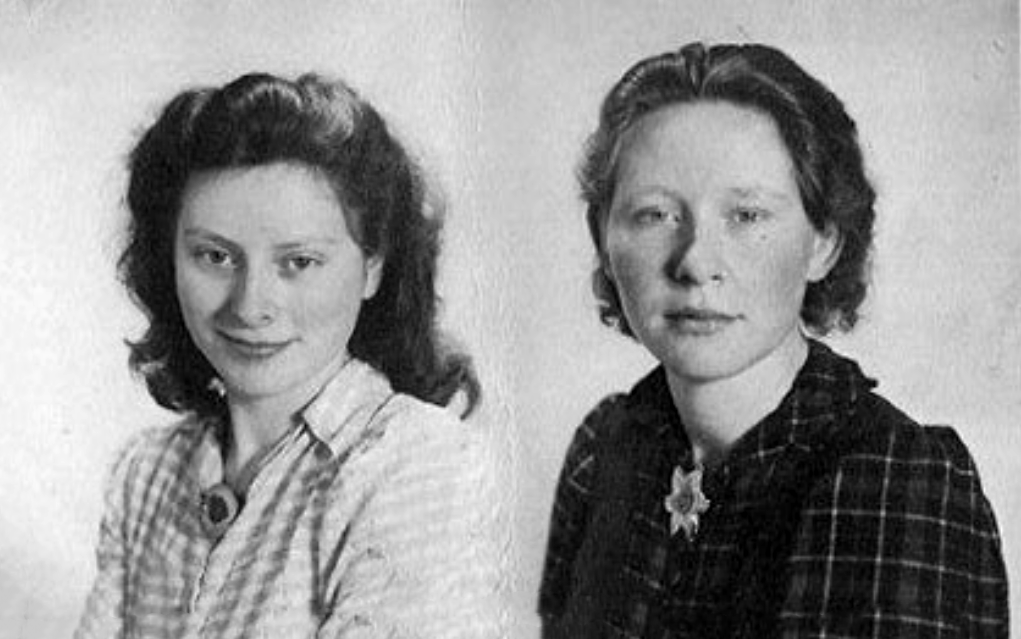I was in high school at the time of Pearl Harbor. I had never heard of Pearl Harbor and didn’t know where it was. That was true for many of my friends, but we sure found out quickly. We all became Gung Ho and were ready to enlist; however, we had a couple of months left before graduation, so I opted to finish school. Many of my friends did enlist, going into the US Army Air Corps to become pilots. That was my desire also, but my father said “NO.” He was in the First World War, captured by the Germans, and gassed. He was shot, and he lost three fingers on his left hand.










